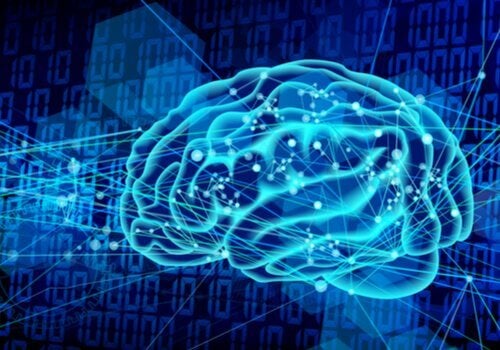The idea of creating a fully electronic brain is the subject of many sci-fi films and novels, but it is gradually coming true. Several projects bring together the best minds on the planet to build the first fully artificial brain.
It is considered that the development of the artificial brain will allow the creation of an artificial intelligence as advanced or more advanced than human, for this it is necessary to reconstruct everything and reinterpret everything, from simple molecules to complex neural connections.
- Next.
- We’ll look at the possible uses of artificial brain and its latest developments.
- Including the IBM-led Blue Brain project.
The possible uses of the artificial brain depend on the motivations of each research center responsible for its development, some do so to better understand the human and animal brain, while others point to immortality, the latter are known as transhumanists.
These investigations are often funded by eccentric billionaires who want to prevent death. The main idea is that they could live forever by transferring their consciousness and memories from their biological brain to an artificial brain.
In addition to these somewhat fictional uses, there are also scientific uses of the artificial brain, which can be summarized in three important aspects for science:
Despite the great advances in robotics and computing in recent years, it has not yet been possible to reproduce the human brain, due to the great difficulty of this task, as it would be necessary to simulate the relationship between more than 100 billion neurons. .
The best known project followed by other specialists in human brain and computer science is the one led by IBM and the Ecole Polytechnique Fédérale de Lausanne de Suisse (EPFL), which is called Blue Brain.
Blue Brain aims to build an artificial brain based on rodent brain activity, doing so with a large computer made up of smaller computers representing each reconstructed neuron.
The brain of a rat is estimated to have 100,000 columns with 10,000 neurons each; in the case of humans, this number multiplies exponentially, it can reach 2 million columns, with 100,000 neurons each.
This long-term reconstruction of a rodent’s brain provides a better understanding of how the human brain works, specifically how humans think, remember and reason.
This project was initiated in 2008 and the most promising results should be implemented from 2050, either to expand human capacities or to be able to transfer the contents of a human brain to an artificial brain.
Some neuroscientists believe it is better to focus efforts on developing general intelligent actions without imitating and reproducing the nature of the human brain, arguing that it would be a titanic task and even something dangerous.
On the other hand, there are ethical problems that need to be solved during the development of the definitive artificial brain, especially in terms of its maintenance, relationship with humans, personality development, its learning system, freedoms and possible death. In other words, would creation be considered human, what rights would you have?Could it be disabled?Etc.
Although it seems to take a long time to develop a complete artificial brain, it’s actually there, just around the corner!Many researchers believe that the speed of development of these projects is faster than expected and that the results are tremendously promising.
Therefore, the questions must be posed and answered not only in the technological field, but also in the social, ethical and moral fields when activating the first hypothetical artificial brain.

